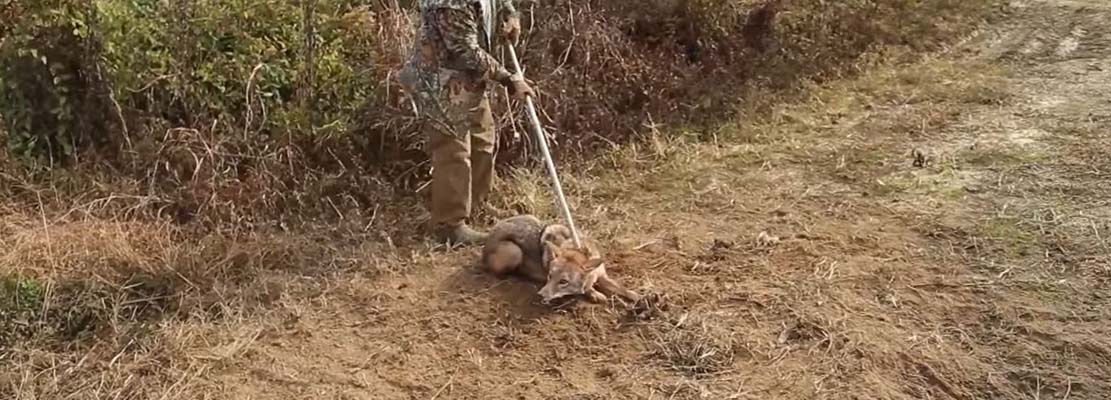How to Catch a Wild Chicago Animal with a Snare Pole
If you want to hook a wild Illinois animal or you are in need to catch it, you can use snare pole for this purpose. Do not try to catch with bare hands, as it may contain infectious germs and even it can wound you because wild animals are erratic and dangerous.

Snare pole
It is a tall and curved pole of aluminum. It has a particular design to avoiding injurious capture. It has optional locking for exact placement of loop to snare the Chicago animal. Locking snare poles are usually used by professional. Usually, manual snare pole has a long handle, and by pulling it the animal is captured. The components do not have sharp corners and covering of rubber and wool lining makes it more protective for zoo animals, skunks, Chicago squirrels, raccoons, alpacas, feral cats, and groundhogs, etc.
It is long to allow enough distance for preventing the Illinois animal attack and bites. It holds the Illinois animal with its neck. There are types of snares and it is up to you to choose the most suitable. It may need some technical assistance and guidance for safer capture. This is good and efficient option and you can definitely use it quite safely.
How it works
Snare pole contains a curved loop and when you tighten the snare pole handle, it gives a grip to hold the Chicago animal neck without physically touching the animal. Make slow movements to reach to the Chicago animal. Place noose loop around the neck of the animal and pull the handle to tight the curve grip. To have proper grip and to avoid animal opposition, tighter the loop to blocking the animal breathing and after it, you can place it anywhere
Important points
- You can wear particular clothes, surgical mask, gloves, goggles, and boots. - Give a strong grip to avoid an Illinois animal jerks that it takes to resist the capture. - The animal can also be held from its head to avoid suffocation. In case of a cat, it can also be captured with its front leg. - Some variants of snare poles can rotate that allows little movement to the animal to avoid suffocation.
Visit our Chicago wildlife removal home page to learn more about us.

Snare pole
It is a tall and curved pole of aluminum. It has a particular design to avoiding injurious capture. It has optional locking for exact placement of loop to snare the Chicago animal. Locking snare poles are usually used by professional. Usually, manual snare pole has a long handle, and by pulling it the animal is captured. The components do not have sharp corners and covering of rubber and wool lining makes it more protective for zoo animals, skunks, Chicago squirrels, raccoons, alpacas, feral cats, and groundhogs, etc.
It is long to allow enough distance for preventing the Illinois animal attack and bites. It holds the Illinois animal with its neck. There are types of snares and it is up to you to choose the most suitable. It may need some technical assistance and guidance for safer capture. This is good and efficient option and you can definitely use it quite safely.
How it works
Snare pole contains a curved loop and when you tighten the snare pole handle, it gives a grip to hold the Chicago animal neck without physically touching the animal. Make slow movements to reach to the Chicago animal. Place noose loop around the neck of the animal and pull the handle to tight the curve grip. To have proper grip and to avoid animal opposition, tighter the loop to blocking the animal breathing and after it, you can place it anywhere
Important points
- You can wear particular clothes, surgical mask, gloves, goggles, and boots. - Give a strong grip to avoid an Illinois animal jerks that it takes to resist the capture. - The animal can also be held from its head to avoid suffocation. In case of a cat, it can also be captured with its front leg. - Some variants of snare poles can rotate that allows little movement to the animal to avoid suffocation.
Visit our Chicago wildlife removal home page to learn more about us.